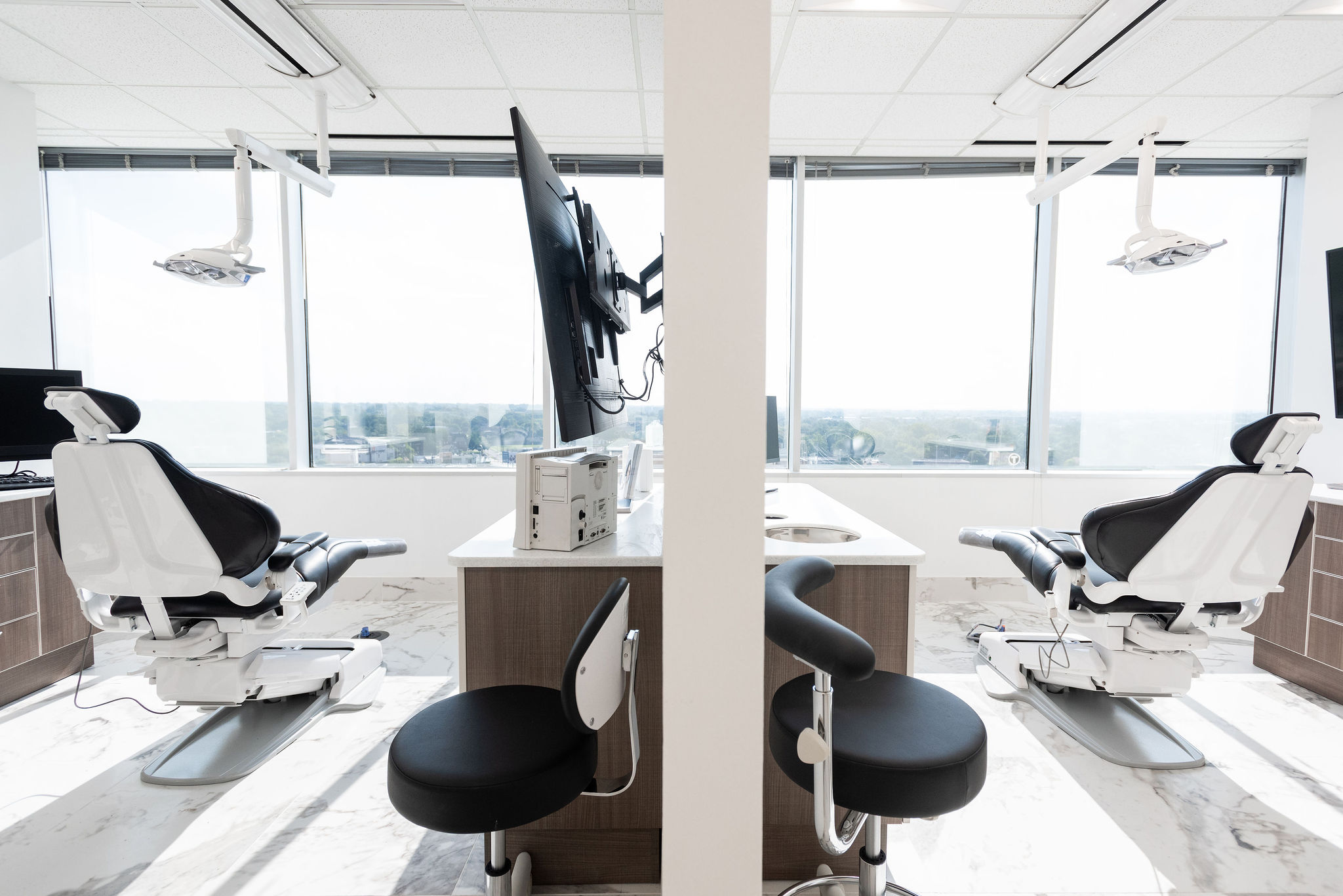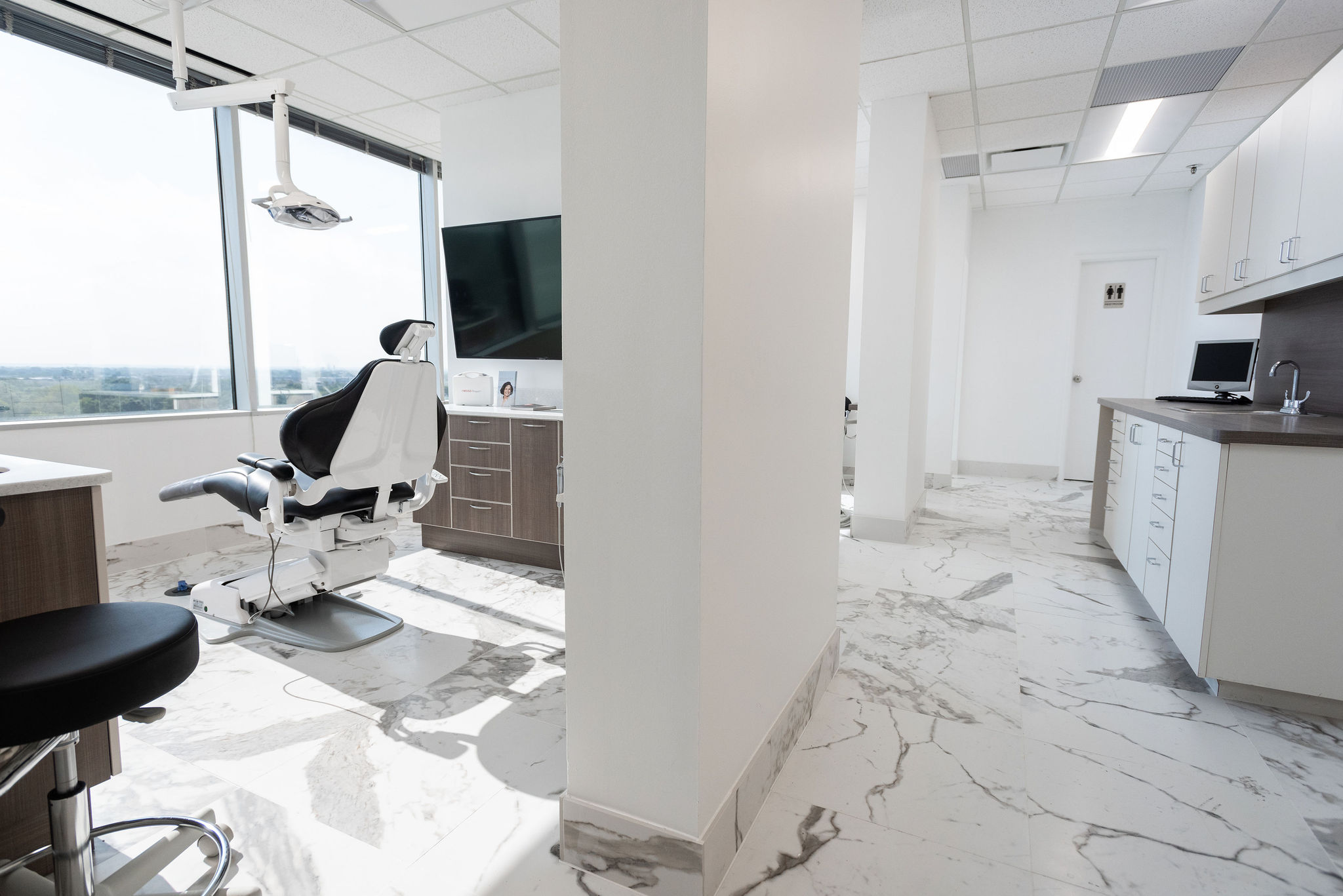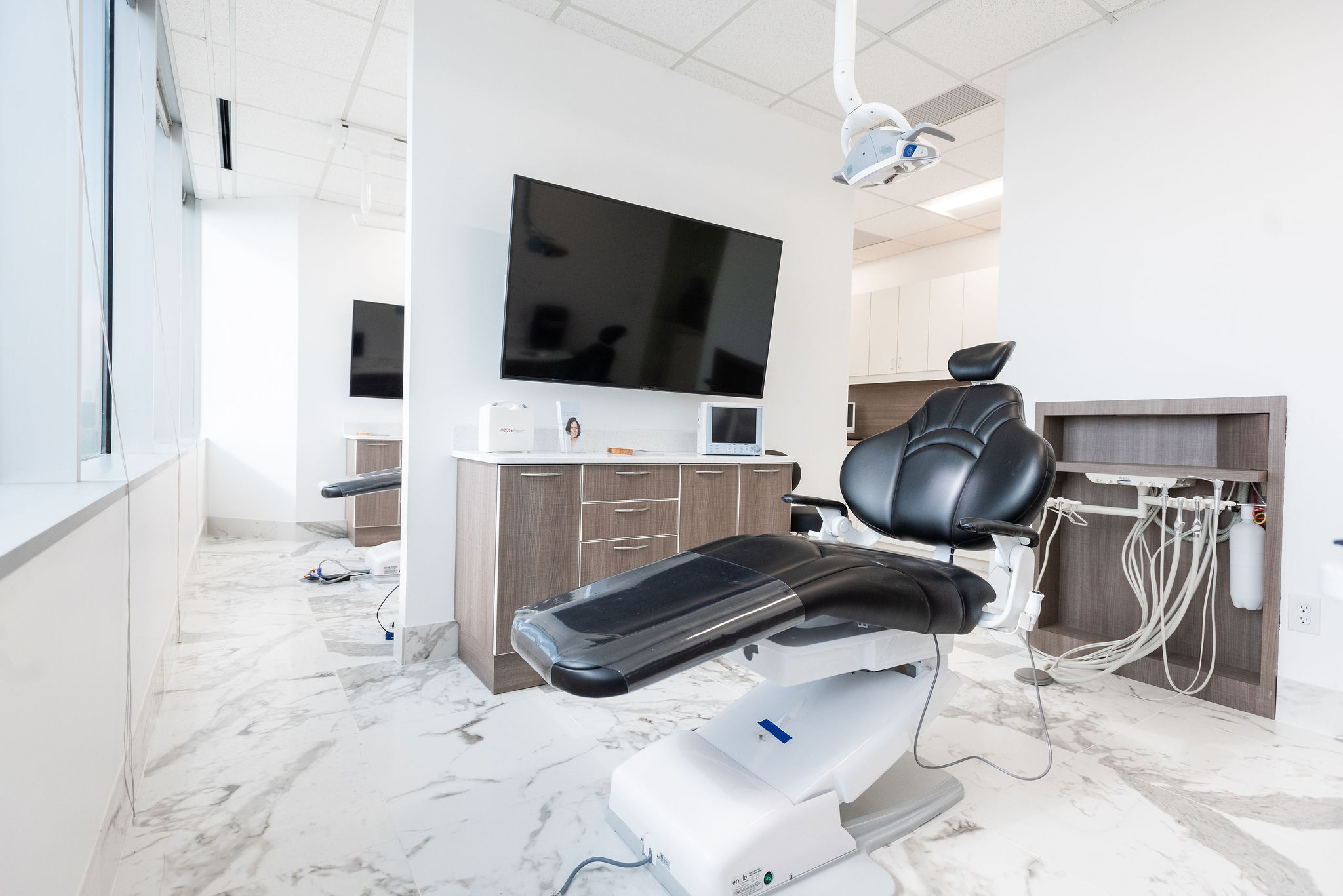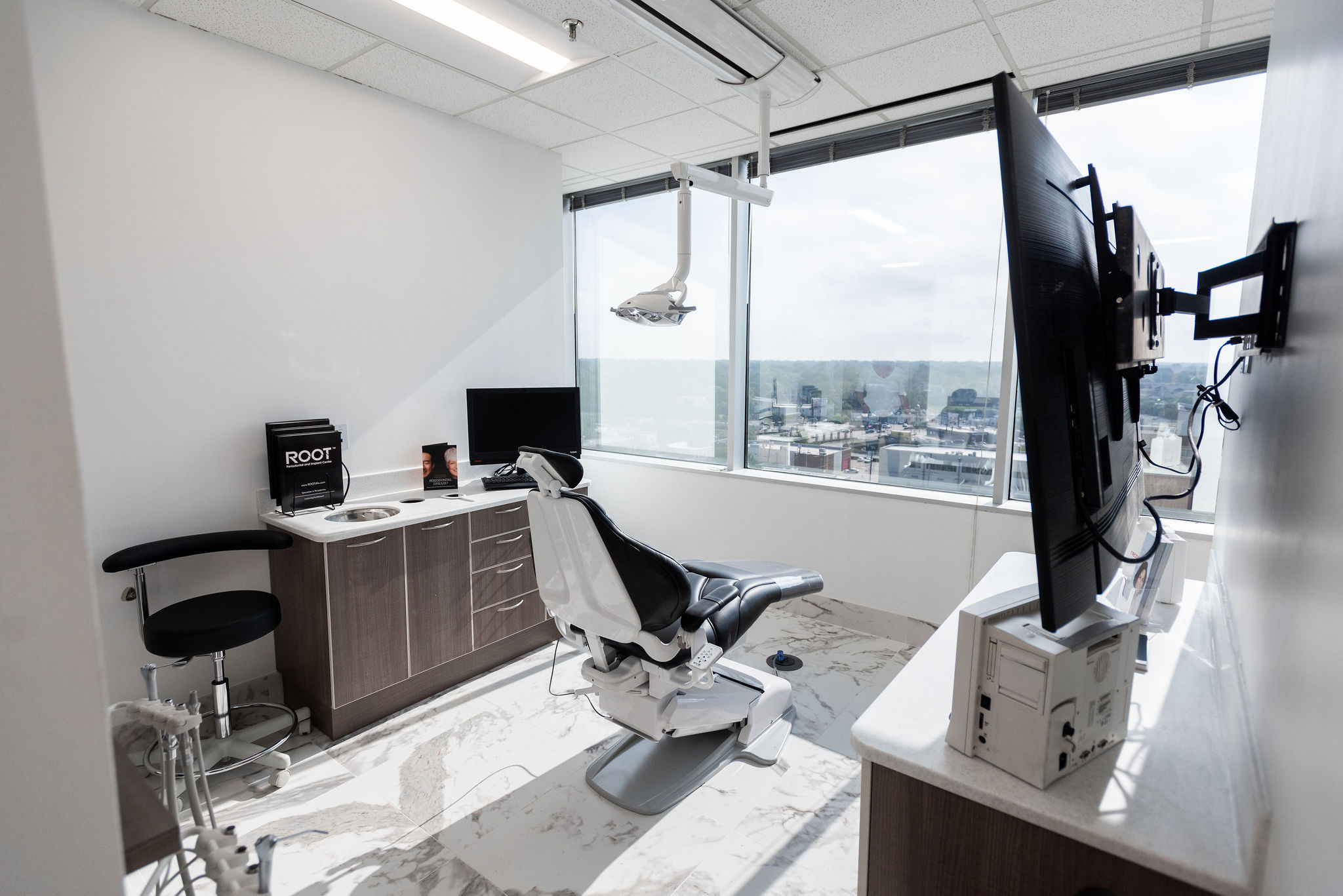SPECIALIZED ORAL PATHOLOGY IN DALLAS, TX
Making Specialized Oral Pathology Available to Everyone
White lesions are a fairly common finding in the oral cavity and could be the result of any number of things including frictional trauma or chronic irritation, chemical injuries, fungal infections, inflammatory processes, or an oral potentially malignant disorder (precancerous process).
Leukoplakia is the term given to any white lesion inside of the mouth where the cause cannot be determined. The significance of this clinical diagnosis is that this represents a precancerous process. They are often associated with tobacco use, but can be found in individuals that have no social risk factors as well. These lesions may or may not show precancerous changes when evaluated by the pathologist, these changes are termed dysplasia. However, regardless of whether or not these changes are observed, leucoplakias remain precancerous. In fact, a small percentage of lesions that do not show microscopic evidence of precancerous change may still transform to squamous cell carcinoma, which is the most common form or oral cancer.
Clinically these lesions are non-wipeable and can show a variable appearance, from an area that is thin and smooth surfaced to a more thickened and irregular appearing lesioned process. These lesions are most commonly found on the gingiva and buccal mucosa, with lesions affecting the lateral/ventral surface of the tongue, the floor of the mouth, the retromolar mucosa, and the soft palate showing a higher chance for development of cancer.
Common Causes of Leukoplakia
The primary cause are social risk factors, which are historically linked to tobacco (smoked and smokeless) and alcohol use, but infectious agents, genetic disorders, iron deficiency, and chemical substances have also been implicated.
Most cases of leukoplakia occur in men who are between 50 and 70 in age. However, in recent years we are seeing an increased number of individuals under the age of 40 developing oral cancer and precancerous lesions, particularly females without strong social risk factors.
How Exactly is Leukoplakia Diagnosed
The Center for Oral Pathology specialists will complete a physical examination and a thorough review of your medical history. We will identify all prescription and over-the-counter medications. Most likely we will perform a biopsy to obtain a proper diagnosis.
Before we make a diagnosis of leukoplakia, we will rule out other possible causes. These might include friction inside the mouth, from bad dentures, the repeated biting of your cheek, or a fungal infection, amongst others. If no specific cause is identified, we will recommend performing a biopsy for examination.
Signs and Symptoms of Leukoplakia
Leucoplakias can present as one or more non-wipeable white lesions affecting any site in the oral cavity. Typically, these lesions do not produce any pain or discomfort and many patients are unaware of their presence.
Contact The Center for Oral Pathology if you notice any of the following:
- White patches or sores in your mouth that do not heal on their own within two weeks.
- Persistent changes in the tissues of your mouth.
- Lumps or white, red, or dark patches in your mouth.
- Ear pain or discomfort when swallowing.
- A progressive reduction in the ability to open your jaw.
Factors that indicate a higher risk of transformation in a leukoplakia:
- Any architectural changes of the lesion, a pebbled, verrucous, or irregular surface
- Any red changes within the lesion Any ulceration, or a break in the mucosa.
- Increased firmness.
- The location of the lesion, lateral and ventral tongue, floor of the mouth, retromolar trigone, and soft palate,
- Older individuals
- Males
- Patients with strong social risk factors




